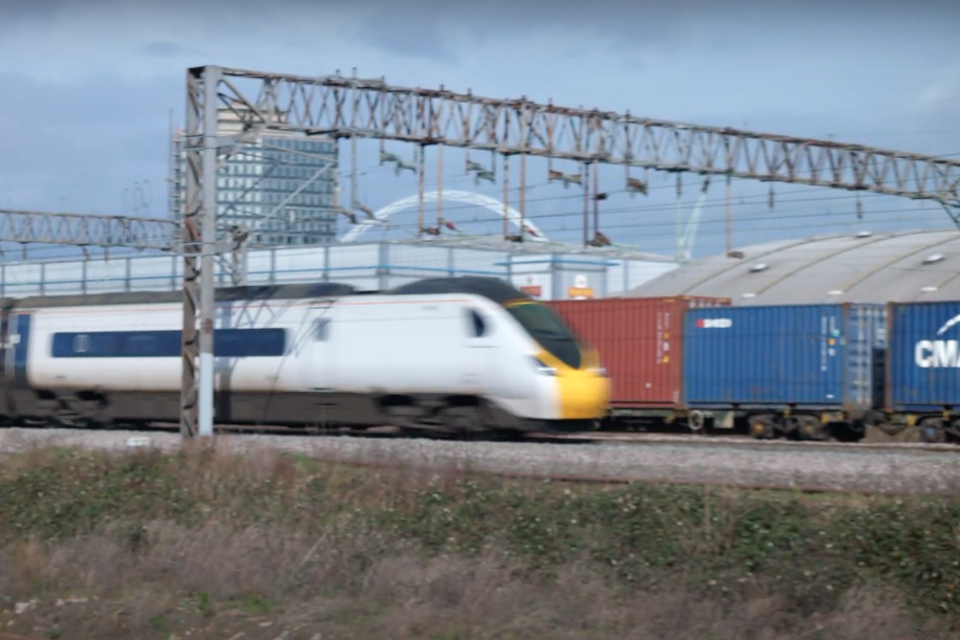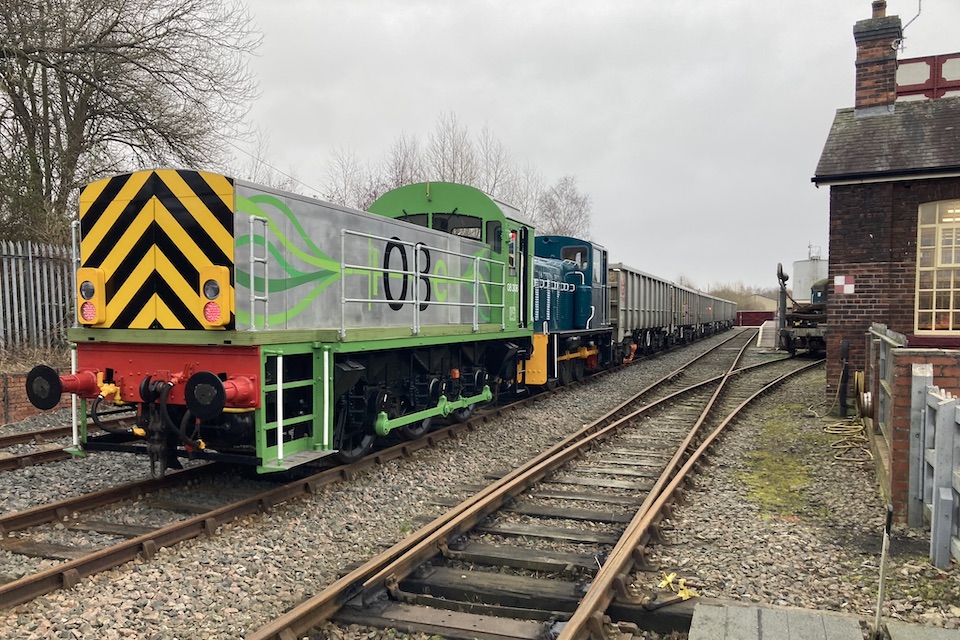Waiting for the perfect solution to carbon emissions is the wrong strategy. Rail freight can deliver a good solution now, which is better overall, says Railfuture, the influential pressure group that promotes rail development in the UK. Railfuture is campaigning to get freight off road trucks and onto trains. They agree with the UK Government’s strategy on carbon reduction, but in a report, they say the government’s rail freight growth target will not achieve it.
Railfuture says that mandating a modal shift to rail—even if that means using diesel trains in the interim—is worthwhile now and in the long term. Overall, carbon savings will be better, they say. The most cost-effective way to achieve net zero carbon from transport is to set a target of at least doubling rail freight in the next 20 years, thereby achieving a real modal shift from road to rail.
Re-emphasis to maximise rail network utilisation
Describing itself as Britain’s leading independent rail campaigning organisation, Railfuture has renewed its lobby for a modal shift to rail. The voluntary group, with 20,000 members, says rail remains the most environmentally sustainable form of transport, so a target of doubling freight transport by rail is the most cost-effective way to achieve net zero by 2050.

In a somewhat controversial call, Railfuture says it may be necessary to give a higher priority to rail freight traffic. It has a clear message to the UK government, which has very specific targets for road improvement spending. Anecdotal evidence points to road improvements generating more road traffic. They say that there has to be a re-emphasis on maximising rail network utilisation and reducing congestion on the road network within current constraints on government spending.
One tonne now worth three saved later
“The total of carbon emissions to 2050 is vitally important”, says Owen O’Neill, a director of Railfuture. “A solution that saves one tonne per year now is worth as much as a ‘perfect’ solution that saves three tonnes from 2041. Rail freight is a proven, scalable solution that can literally deliver now.” Railfuture argues that to achieve the Government-mandated targets of carbon reduction, the economics of rail and road freight must reflect a “level playing field”.

O’Neill says equality depends on ensuring that each mode carries the whole social and environmental costs for which it is responsible. “[Those are] such as carbon, hospitalisation of road casualties and particulate air pollution”, he says. “The balance has shifted towards the road. As fuel duty receipts fall with the introduction of electric vehicles and the amount of freight carried by foreign vehicles increases, some form of road pricing will be needed. The rail freight operators are ready to invest if they can be certain of stable costs, fair competition and rail network capacity.”
Priority should be given to freight over passenger rail
The Railfuture report notes that the most intense freight and logistics activities are associated with ports, distribution centres, and quarries. “It is on these flows that growth can be achieved quickly,” says O’Neill. On some of these flows, where rail would be the cheapest option, the road is used because rail network capacity is insufficient. Gauge clearance is also needed on some routes.”
Targeted investment will be needed to resolve these rail network constraints, says Railfuture. For example at Ely on the route between Felixstowe and the Midlands, Network Rail still plans to radically improve capacity. “In the short term, until that extra capacity is provided, priority should be given to freight over passenger rail traffic at such pinch points”, concludes O’Neill. “In any change of the rail industry structure, the needs of freight customers and operators must be prioritised, recognising that freight moves within national and global supply chains.”